GIANFRANCO PARDI
GIANFRANCO PARDI
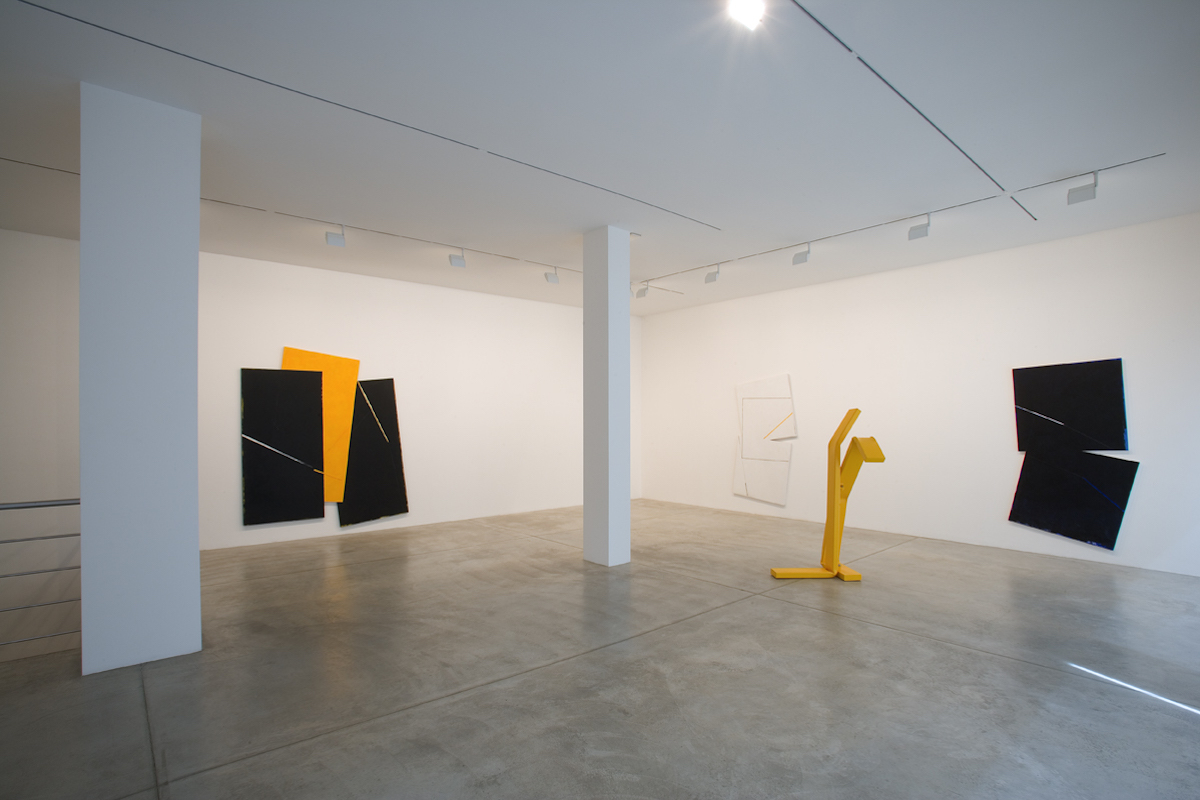
Biography
Gianfranco Pardi was born in 1933 in Milan, where he passed away in 2012. Since the ’60s his artistic research has been devoted to integrate drawing, painting and sculpture into an architectural and spatial dimension. Fundamental to his work has been the reinterpreation of historical avant-gardes such as Abstractionism, Constructivism or Neoplasticism, which can be found in his open geometric sign able to give body to a productive thought. Starting from a rigorous design, the artist revealed the dynamics and the relationships of form and matter: imaginary architectural interiors, rigidly geometric or biomorphic sculptures, bonds of architectural constructions and natural environments. Since the ‘70s, Gianfranco Pardi developed the “Architetture”, works of balance and tension that organize on canvas a game of chromatic backgrounds and steel tie rods. Between the end of the ‘80s and the early ‘90s he worked on the series Cinema, Monk and Mschere, basically using steel structures, followed by the cycles Nagima, inspired by the night light in Tanager, and Box, works made with cardboard boxes.
Gianfranco Pardi has exhibited his works in solo exhibitions in important institutions, such as: Fondazione Marconi, Milan (2014, 2011, 2006), Frankfurter Kunstverein, Frankfurt, Museum Bochum, Bochum and Kulturhistorisches Museum, Straslund (1999), Palazzo Reale, Milan (1998), Palazzo Comunale, Venzone, Udine (1993), Galleria Comunale di Arte Contemporanea, Arezzo (1986), University of Parma, Parma (1984), Galleria d’Arte Contemporanea, Suzzara (1983), University of Pescara, Pescara (1974), Salone Annunciata, Milan (1970). Among the most important collective exhibitions held in institutions: Galleria Civica, Modena (2017), Museo della Permanente, Milan (2014), Palazzo Reale, Milan (2012), Palazzo Pallavicini Rospigliosi, Rome (2001), Castello Visconteo, Pavia (1998), Palazzo della Provincia, Turin (1995), La Triennale, Milan (1992), Padiglione d’Arte Contemporanea, Milan (1989), Palace of Arts, Moscow (1988), Middelheim Museum, Antwerp (1987), Gallery of Modern Art, Bologna (1982), Palazzo delle Esposizioni, Rome (1981), Galleria d’Arte Moderna, Turin (1977), Palazzo Reale, Milan (1972), Museum of Modern Art, Mexico City (1971), Institute of Fine Arts, Sidney (1969). He also took part in the international exhibitions Venice Biennale (2011, 1986) and Rome Quadriennale (1986).
His collaboration with Galleria Fumagalli began in 1994 with his firs personal exhibition and the publication of a catalog with a text by Giovanni Maria Accame. It continued in 1996 with a second solo show accompanied by a catalog with an interview by Marco Meneguzzo. In 1999 Galleria Fumagalli published the volume, with texts by Hans Gunter Golinski, Marco Meneguzzo and Peter Weiermair, accompanying the retrospectives in Germany at the Kunstverein in Frankfurt, at the Museum Bochum and at the Kulturhistorisches Museum Stralsund. Again in 1999, the gallery curated the book “From Saint-Victoire to Tangier – Il viaggio di Pardi”, with a text by Giorgio De Michelis, and the exhibition followed by the volume “Box”. In 2002 an exhibition was staged presenting the iron sculpture “Sheets” and an extensive monograph published under the curation of Marco Meneguzzo is published. In 2004 Galleria Fumagalli presented a series of never-seen-before photographs inspired by the city of Tanger and published the book “Ne pleure celui qui connut Tanger …”. In 2006 a personal exhibition was set up at the Fumagalli and at the Fondazione Marconi in Milan. In 2008 another exhibition is divided between the gallery spaces in Bergamo and those of Galleria Giò Marconi in Milan. and two volumes are published “Works 1970/77” and “Works 2003/08” both with texts by Bruno Corà.
Biography
Gianfranco Pardi was born in 1933 in Milan, where he passed away in 2012. Since the ’60s his artistic research has been devoted to integrate drawing, painting and sculpture into an architectural and spatial dimension. Fundamental to his work has been the reinterpreation of historical avant-gardes such as Abstractionism, Constructivism or Neoplasticism, which can be found in his open geometric sign able to give body to a productive thought. Starting from a rigorous design, the artist revealed the dynamics and the relationships of form and matter: imaginary architectural interiors, rigidly geometric or biomorphic sculptures, bonds of architectural constructions and natural environments. Since the ‘70s, Gianfranco Pardi developed the “Architetture”, works of balance and tension that organize on canvas a game of chromatic backgrounds and steel tie rods. Between the end of the ‘80s and the early ‘90s he worked on the series Cinema, Monk and Mschere, basically using steel structures, followed by the cycles Nagima, inspired by the night light in Tanager, and Box, works made with cardboard boxes.
Gianfranco Pardi has exhibited his works in solo exhibitions in important institutions, such as: Fondazione Marconi, Milan (2014, 2011, 2006), Frankfurter Kunstverein, Frankfurt, Museum Bochum, Bochum and Kulturhistorisches Museum, Straslund (1999), Palazzo Reale, Milan (1998), Palazzo Comunale, Venzone, Udine (1993), Galleria Comunale di Arte Contemporanea, Arezzo (1986), University of Parma, Parma (1984), Galleria d’Arte Contemporanea, Suzzara (1983), University of Pescara, Pescara (1974), Salone Annunciata, Milan (1970). Among the most important collective exhibitions held in institutions: Galleria Civica, Modena (2017), Museo della Permanente, Milan (2014), Palazzo Reale, Milan (2012), Palazzo Pallavicini Rospigliosi, Rome (2001), Castello Visconteo, Pavia (1998), Palazzo della Provincia, Turin (1995), La Triennale, Milan (1992), Padiglione d’Arte Contemporanea, Milan (1989), Palace of Arts, Moscow (1988), Middelheim Museum, Antwerp (1987), Gallery of Modern Art, Bologna (1982), Palazzo delle Esposizioni, Rome (1981), Galleria d’Arte Moderna, Turin (1977), Palazzo Reale, Milan (1972), Museum of Modern Art, Mexico City (1971), Institute of Fine Arts, Sidney (1969). He also took part in the international exhibitions Venice Biennale (2011, 1986) and Rome Quadriennale (1986).
His collaboration with Galleria Fumagalli began in 1994 with his firs personal exhibition and the publication of a catalog with a text by Giovanni Maria Accame. It continued in 1996 with a second solo show accompanied by a catalog with an interview by Marco Meneguzzo. In 1999 Galleria Fumagalli published the volume, with texts by Hans Gunter Golinski, Marco Meneguzzo and Peter Weiermair, accompanying the retrospectives in Germany at the Kunstverein in Frankfurt, at the Museum Bochum and at the Kulturhistorisches Museum Stralsund. Again in 1999, the gallery curated the book “From Saint-Victoire to Tangier – Il viaggio di Pardi”, with a text by Giorgio De Michelis, and the exhibition followed by the volume “Box”. In 2002 an exhibition was staged presenting the iron sculpture “Sheets” and an extensive monograph published under the curation of Marco Meneguzzo is published. In 2004 Galleria Fumagalli presented a series of never-seen-before photographs inspired by the city of Tanger and published the book “Ne pleure celui qui connut Tanger …”. In 2006 a personal exhibition was set up at the Fumagalli and at the Fondazione Marconi in Milan. In 2008 another exhibition is divided between the gallery spaces in Bergamo and those of Galleria Giò Marconi in Milan. and two volumes are published “Works 1970/77” and “Works 2003/08” both with texts by Bruno Corà.
Works
Works
Exhibitions
SOLO EXHIBITIONS
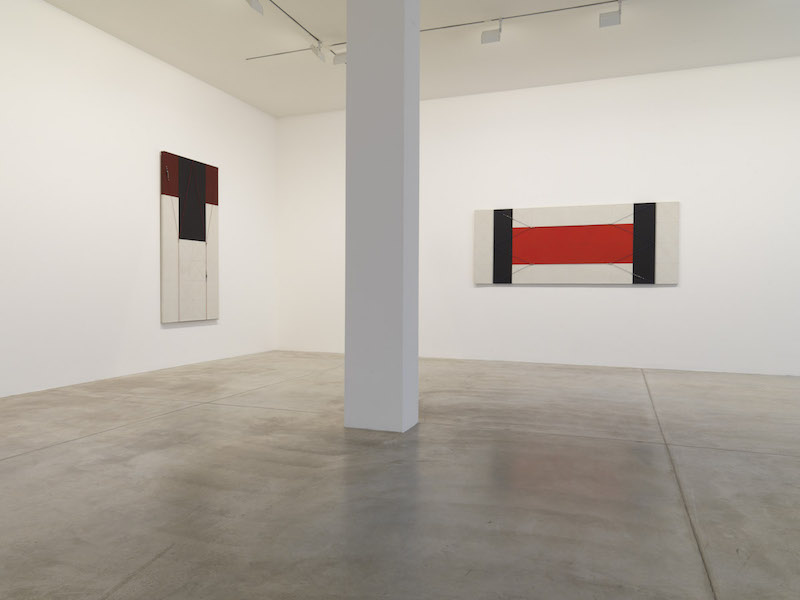
GIANFRANCO PARDI
Architetture, 1970-1977 e opere
Opening 20 September 2008
23 September to 26 October 2008
GROUP EXHIBITIONS
Exhibitions
SOLO EXHIBITIONS

GIANFRANCO PARDI
Architetture, 1970-1977 e opere
Opening 20 September 2008
23 September to 26 October 2008
GROUP EXHIBITIONS






















































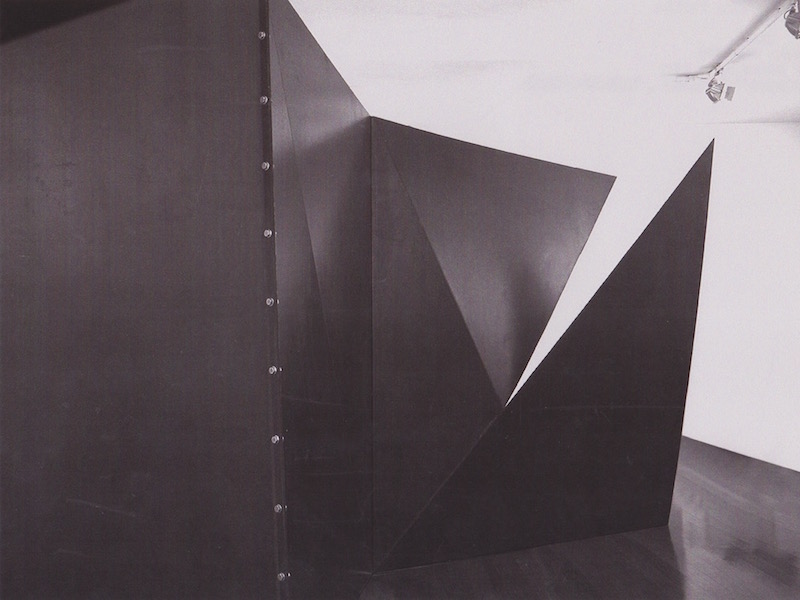
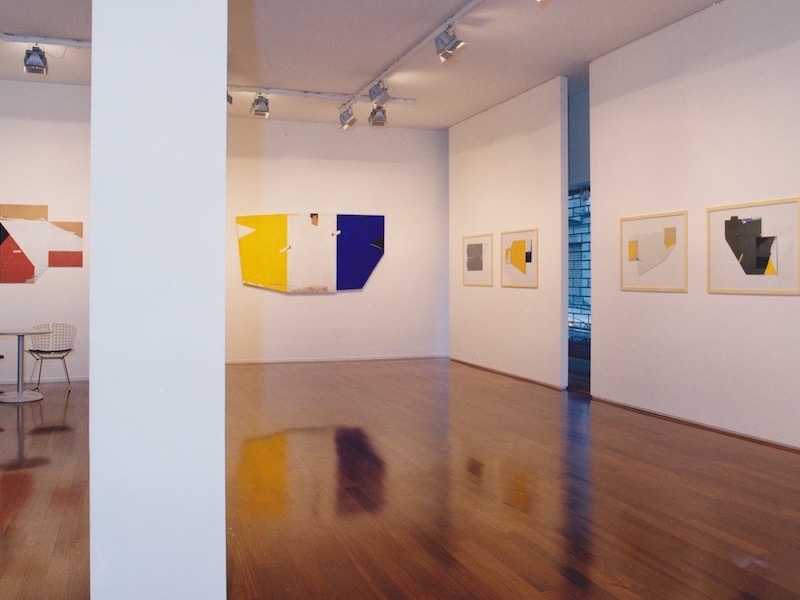


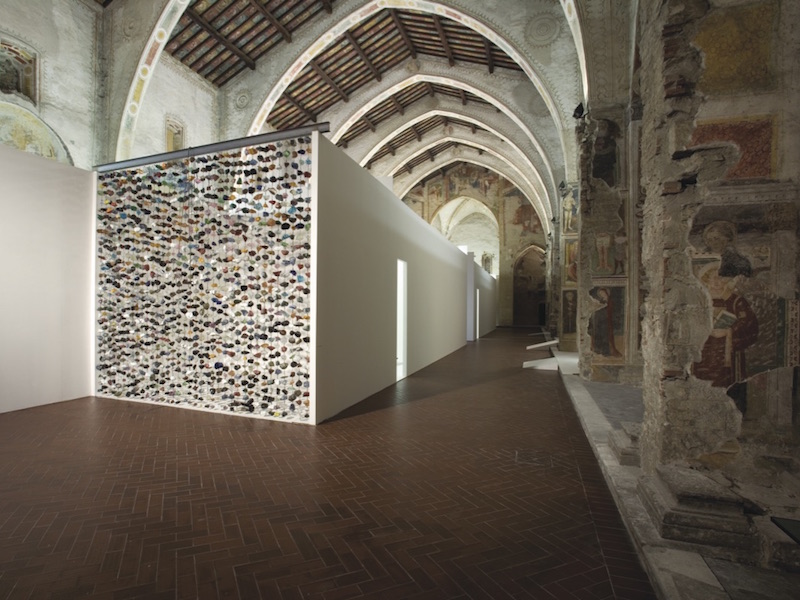
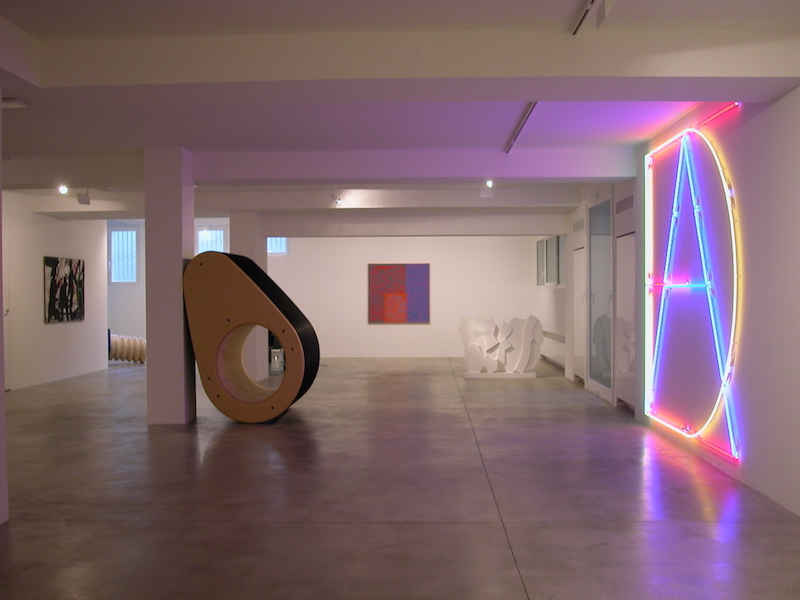
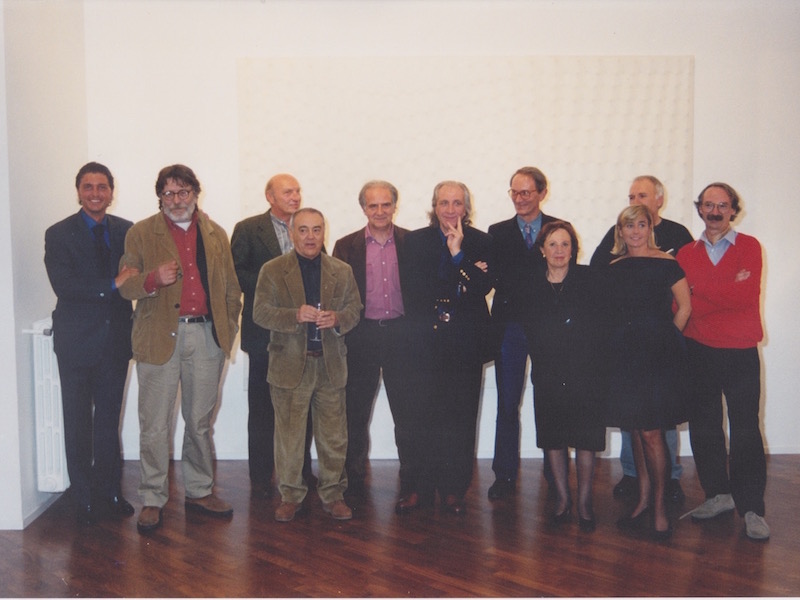


Reload-Bonus, Cashback bis 3.000 € und tägliche Aktionen machen das
Casino für Vielspieler besonders attraktiv. Wer auf Rekordlimits, starke Freispiele und ein wachsendes
Spielportfolio Wert legt, ist hier richtig. Das VIP-Programm und die vielen Aktionen, einschließlich regelmäßiger Jackpot-Gewinnspiele, bieten gute Argumente dafür, regelmäßig bei Quickwin vorbeizuschauen. Sobald das für den Anbieter eindeutig ist, können Sie die
Limits im Online Casino aufheben und ohne Grenzen spielen. Sie kommen ganz ohne starre Grenzen oder nervige Limits aus,
wie man sie inzwischen von deutschen Anbietern kennt. Wenn Sie ohne Einsatzlimit Casino spielen wollen,
müssen Sie sich nicht verifizieren.
Einschränkende Einsatz-, Verlust- oder Einzahlungslimits gibt es nicht.
LuckyMax Casino ist ein spannender Ort für alle, die ohne deutsche Limits zocken wollen. Denn in Casinos ohne deutsche
Lizenz ist kein KYC-Prozess vorgeschrieben. Daher wählen viele Deutsche Online Casinos ohne Limits, die optimal aufgestellte Live Casinos anbieten. In einem guten Online Casino
ohne Einsatzlimit wird eine große Spielvielfalt geboten, die Sie
in diesem Spielcasino ohne 5 Sekunden Regel genießen können. Online Casinos ohne Limit bieten Ihnen uneingeschränkten Spielspaß.
Diese Methoden erfüllen alle KYC- und AML-Vorgaben und bieten aufgrund unabhängiger Kontrollen ein sehr hohes Maß an Sicherheit.
In GGL-lizenzierten Casinos werden meist kontobasierte Zahlungsmethoden angeboten. Allerdings verzichten Sie gleichzeitig auf den vorgeschriebenen Schutz und die
deutsche Aufsicht, was mit einem erhöhten Risiko einhergeht.
100 % bis zu 100 € + 150 Freispiele So müssen sich die Seiten nicht an die Vorgaben zu Einsatz- und Einzahlungslimits halten.
References:
https://online-spielhallen.de/malina-casino-login-ihr-tor-zu-einer-welt-voller-unterhaltung/
Die Tischspiele wie Black Jack, Roulette und Ultimate Texas Hold’em öffnen ab 14.00 Uhr.
Das Grand Casino Basel bietet ein umfangreiches Entertainmentprogramm an. Zwar spielt man nicht
gegen andere Spieler, aber der Croupier ist mindestens eine genauso große Herausforderung.
Wenn man also alle Chips verspielt hat, dann kann man mit einem
bestimmten Geldbetrag erneut Chips kaufen und somit wieder am Turnier teilnehmen.
Aus dem ursprünglichen Interesse an traditionellen Glücksspielen und
Poker entstand ein Startup, das heute ein erfolgreiches Unternehmen im Glücksspiel-Bereich ist.
Der Zug bietet ebenfalls eine angenehme Alternative – ICEs rollen direkt von Städten wie Frankfurt oder Mannheim nach Basel SBB.
Über 355 Glücksspielautomaten gibt es im kleinen Spiel, dazu zählen auch Jackpot-Automaten.
References:
https://online-spielhallen.de/izzi-casino-bonus-codes-ihr-schlussel-zu-extra-spielguthaben-und-freispielen/
NFTs have changed the game for creators, such
as artists and musicians, by introducing a novel way to generate financial value for their digital assets.
The most popular blockchain platform for holding NFTs is Ethereum, but other blockchains also support the trading of NFTs.
NFTs are digital assets available in the form of artwork, soundtrack, in-game items, videos, digital artwork, collectibles, real estate, and more.
It also supports Ethereum and Bitcoin Ordinals, making it
a versatile platform for NFT enthusiasts. Its incentive-based trading model makes it stand out
in the competitive NFT market. Compatible with multiple blockchains, it
prioritizes security through its verification process.
OpenSea is considered the largest and most versatile NFT marketplace.
Among the prominent players, SuperRare, OpenSea, and Rarible stand out for their exceptional
offerings and user-friendly interfaces. With the NFT market evolving
at a gradual pace, finding the right marketplace is more important than ever.
This also assists your NFT art in obtaining a more significant profit share for your work.
Instead of depending on auction houses and galleries
for selling artwork, you can sell nonfungible tokens as a masterpiece using the NFTs marketplace.
NFTs combined with art music and blockchain technology allow artists
and content creators to receive financial compensation for their creations.
The best NFT marketplaces charge a fee for each transaction and provide advanced services such as storage, minting (creating
new NFTs), sale, and marketing.
References:
https://blackcoin.co/just-casino-australia-your-premier-online-casino-destination/
Repacks are highly compressed game downloads, designed for people with slow/limited internet bandwidth.
And now, on with the game-hacking goodness! OpenSpiel is a collection of environments and algorithms for research in general reinforcement
learning and search/planning in games. Play your favorite games
in a borderless window; no more time consuming alt-tabs.
If you’d like to share a resource that isn’t yet on the list,
feel free to submit it for consideration via creating an issue or pull request for this repository, or email it to me.
Tutorials, tools, and more as related to reverse engineering video games.
Archived — A list of games, add-ons, maps, etc. hosted on GitHub.
These backup links provide access to various game sites that are not
blocked by most network filters. If you love playing unblocked games at school or work but often run into restrictions
or blocked websites, you know how frustrating it can be.
Whether you’re looking to enjoy these classic games or learn from their code, this collection has
something for everyone! This repository contains a
collection of classic mini-games developed in Python, including games like Tic-Tac-Toe,
Snake, and more. Scrape nxbrew to automatically download Switch games These tools are helpful with cracking your own games.
References:
https://blackcoin.co/just-casino-australia-your-premier-online-casino-destination/
The best way to go about it is by searching for the game name in the search field.
Slots with other game mechanics, like Megaways, are also available.
To find the game you’re looking for, you can use the categories
All Games, Pokies, Popular, New, Live Casino, and Bonus Buy.
However, a $300 deposit is enough to qualify for the offer.
Richard Casino is a web-based casino that’s optimised for both mobile and desktop devices.
Signing up at Richard Casino is a breeze – just like at any other top Australian online casinos.
You’ll find multiple versions of games like roulette, blackjack,
poker, baccarat, and even keno. Together, these make a quite versatile selection, covering
the most popular table games. We’re not overly impressed by the selection of RNG table games,
but there should be enough to choose between.
Stop scamming people you even had another casino called
luxlucker where use scammed people getting them to deposit money into ramp currency which there was no trace
of the transactions closing luxlucker 4 months ago after scamming thousands
of people We’re thrilled to hear that you enjoy our casino and appreciate the fast support from
our team. We take responsible gaming very seriously and always aim to operate within legal and regulatory guidelines.If you would like us to look into your account
or clarify any of these points, our support team would be happy to assist you.Best regards,Richard Casino Team While we may limit the number of withdrawals per
day, players can still withdraw their available balance on the next day.VIP status is completely
optional and is designed to offer additional benefits.
We’re sorry to hear that you feel disappointed, and
we understand how frustrating this situation can be.All our games are provided by
licensed software suppliers and use independently tested RTPs that comply
with regulatory requirements.
References:
https://blackcoin.co/casino-gambling-the-kinds-of-casino-bonuses/
online casino paypal
References:
momsgram.com
online casinos mit paypal
References:
https://noarjobs.info/companies/best-real-money-online-pokies-in-australia-for-december-2025/
online casinos that accept paypal
References:
https://www.govconnectjobs.com/employer/regulated-us-online-casinos-offering-paypal-for-2025/
paypal casino android
References:
https://chefstronomy.co.za/employer/best-real-money-online-pokies-in-australia-for-december-2025/
online poker real money paypal
References:
https://giaovienvietnam.vn/employer/best-online-casinos-in-australia-2025-instant-withdrawal-casinos/
online casino australia paypal
References:
https://spandexjobs.com/employer/50-free-chip-no-deposit-sign-up-bonus-australia/